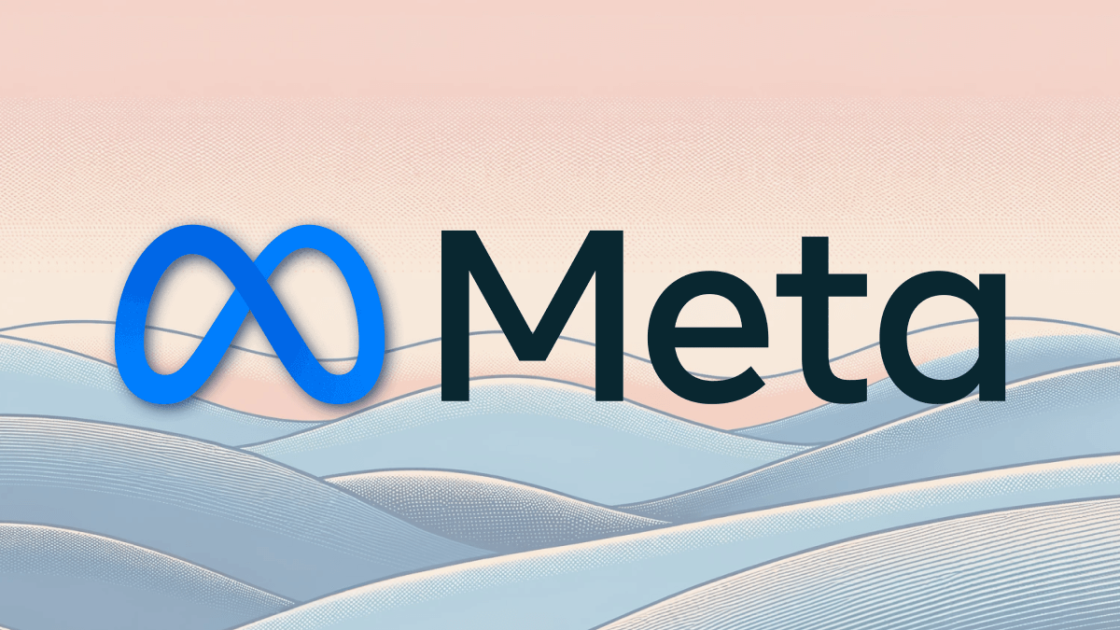Step-by-Step Guide to Using Together AI with LLaMA 3 and CodeLlama for Python Code Generation
Large language models (LLMs) have revolutionized how we interact with technology, and Together AI brings the power of cutting-edge open-source models like LLaMA 3 and CodeLlama to your fingertips. In this article, we’ll dive into what makes these models special, how Together AI provides value, and walk you through a practical use case: building a Python application from a natural language description.
LLaMA 3
LLaMA 3 (Large Language Model Meta AI) is an advanced open-source language model developed by Meta. Its strengths include:

CodeLlama
CodeLlama is a specialized version of LLaMA fine-tuned for programming tasks. The “34B” refers to its size in billions of parameters, making it highly capable for:
Together AI
Together AI is a platform that simplifies access to leading open-source models. With Together AI, you can:
![11 Best AI Python Code Generators for Developers [2024]](https://www.pdfgear.com/how-to/img/best-ai-python-code-generators-1.png)
Imagine you’re a data analyst or developer who needs to process CSV files. Instead of manually writing the code, what if you could describe the application in plain English and get:
This pipeline transforms natural language into working software, saving time and effort while promoting collaboration between technical and non-technical users.
Building the Pipeline in Google Colab
Here’s how you can build the natural language-to-code pipeline in Google Colab using Together AI:
- First, ensure you have Together AI’s library installed and set up your API key.
- LLaMA 3 will take your natural language description and generate a detailed architecture and design for the application.
- Once you have the architecture, pass it to CodeLlama to generate Python code.
- Provide a description of your desired application, and the pipeline will generate both the architecture and the code.
You’ve just built a powerful pipeline that transforms natural language descriptions into Python code using Together AI. This approach saves time, bridges the gap between technical and non-technical users, and opens up endless possibilities for automation and innovation.
In a future article, we’ll explore how to integrate this pipeline into a user-friendly interface using Gradio, Streamlit, or Dash. Stay tuned!
Let me know if you try this out or have any feedback!
Resources:
- Input
- Processing
- Output
- Gradio Interface
- Replace API Key
- Run the Notebook
- Access the Interface
- Test Use Cases:
- “Write a Python script to count the frequency of words in a text file.”

With this setup, you’ve turned a cutting-edge model like CodeLlama into an accessible and interactive Python code generator.
Chief Innovation Officer TriveraTech.com




















